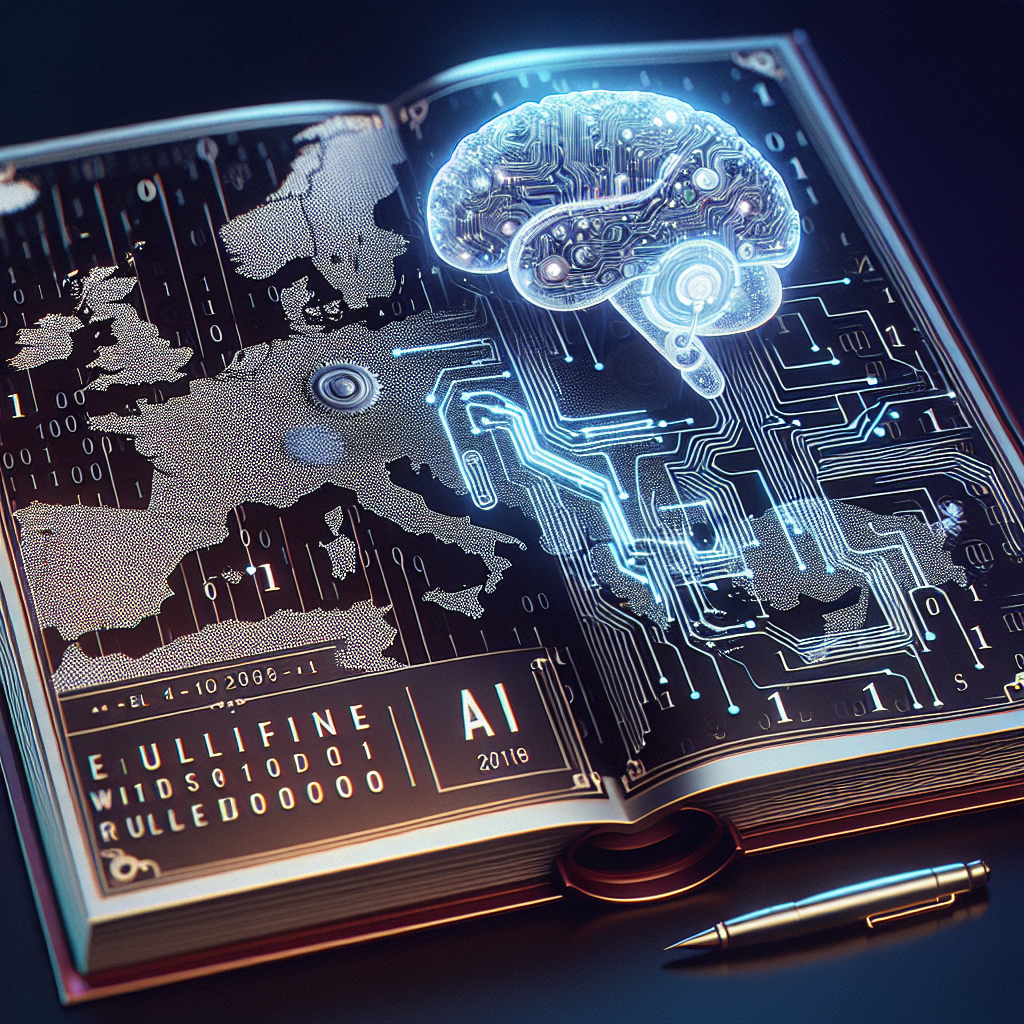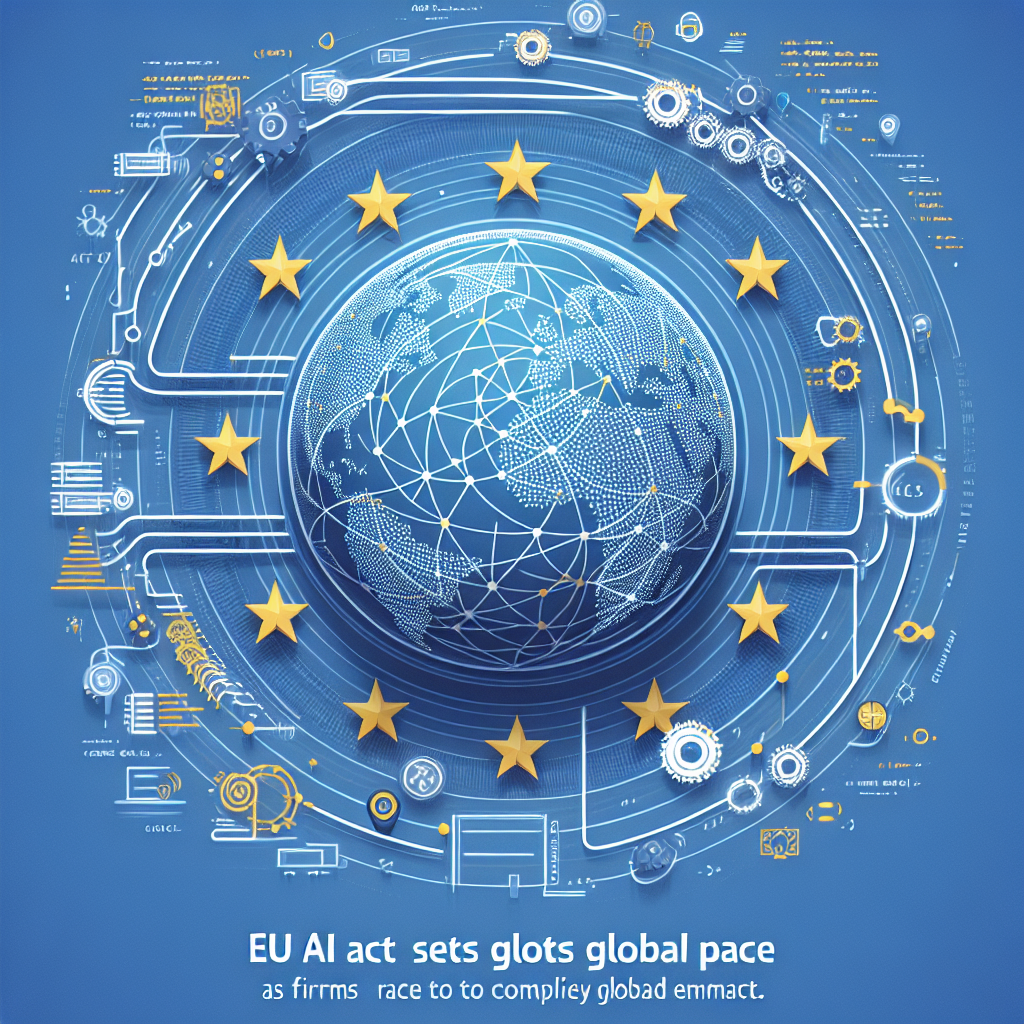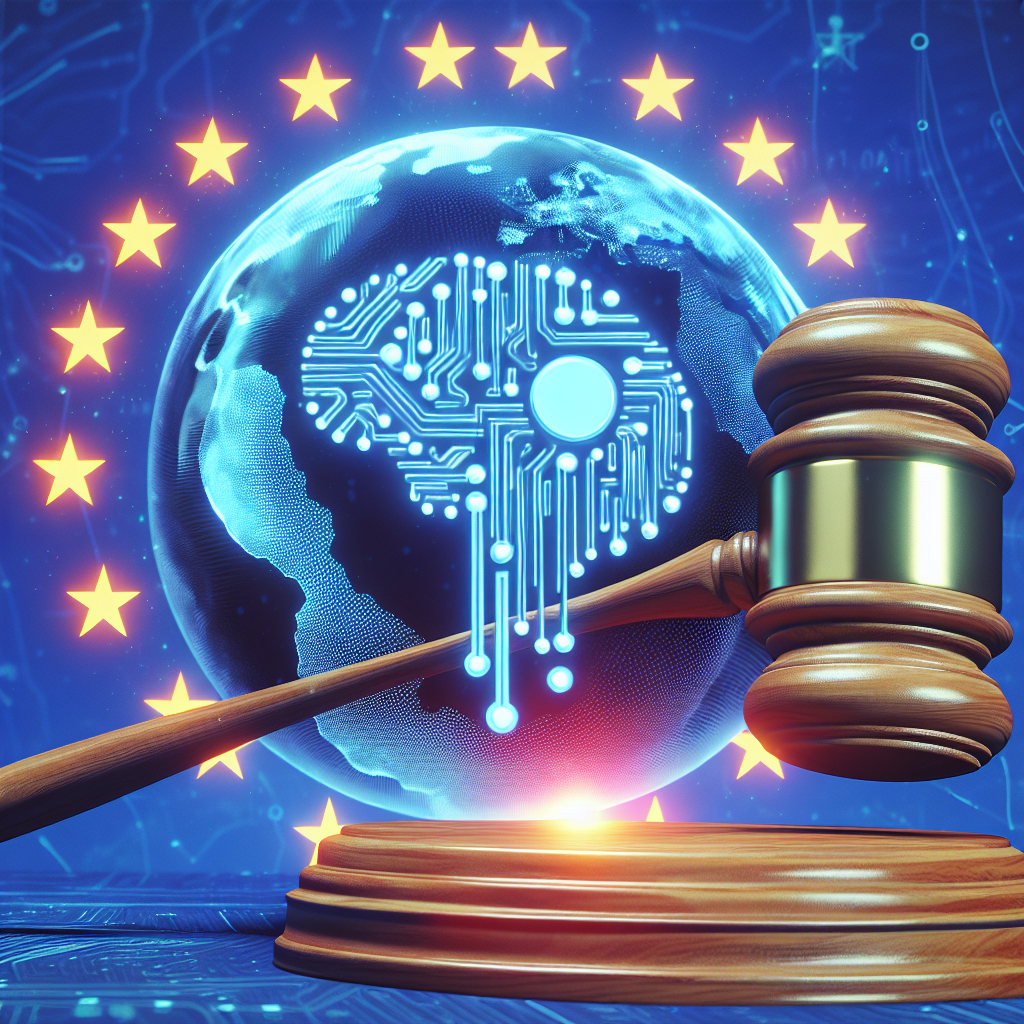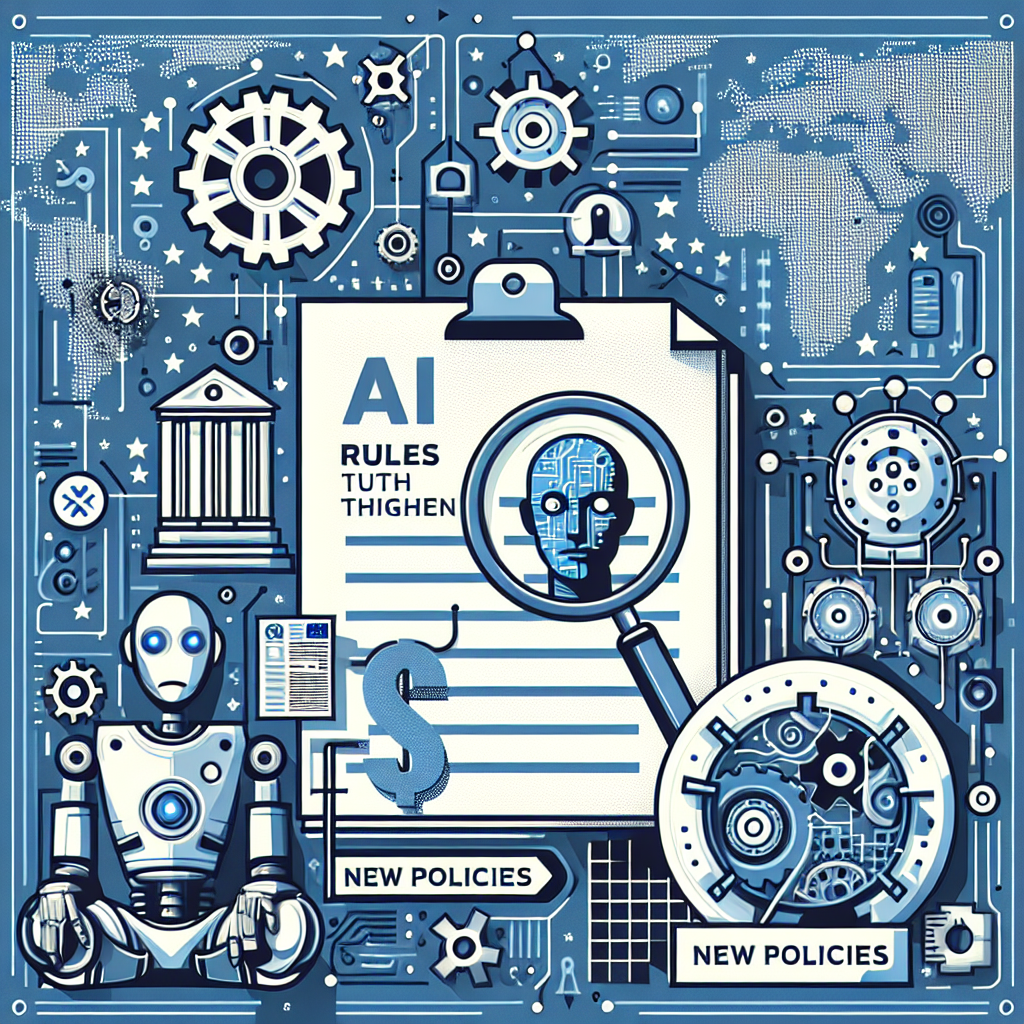EU AI Act Begins to Bite: What It Means Worldwide

Europe’s landmark AI rules enter pivotal phase
Europe’s sweeping Artificial Intelligence law is moving from the statute book toward real enforcement. The EU’s AI Act, formally adopted in 2024 after years of negotiation, introduces a risk-based regime for how AI is built and used. The European Commission has promoted it as the first comprehensive framework for AI worldwide. National regulators and a new EU AI Office are now preparing guidance, audits, and oversight as obligations phase in over the next two years.
The shift marks a turning point. Companies that rushed to deploy generative models in 2023 and 2024 now face detailed documentation, testing, and transparency duties. Advocates say the rules will boost trust. Critics warn of costs and complexity. Both agree the law will set a powerful precedent beyond Europe.
What the law covers
The AI Act classifies systems by risk. It places the heaviest obligations on high-risk uses that can affect safety or rights, such as screening job applicants, managing critical infrastructure, or operating medical devices. It prohibits certain practices outright, including social scoring by public authorities. It also introduces specific duties for general-purpose AI models, including the powerful systems that generate text, images, or code.
Key provisions include:
- Transparency and documentation: Providers must create technical documentation, explain system capabilities and limits, and inform users when they are interacting with AI.
- Data governance: High-risk systems must use high-quality datasets and undergo testing to manage bias and errors.
- Human oversight: Deployers of high-risk AI must ensure meaningful human control and record-keeping.
- General-purpose AI duties: Developers of large, general models are required to publish a summary of training data, respect EU copyright rules, and share information with regulators and downstream developers.
- Penalties: Non-compliance can trigger significant fines, linked either to a company’s global revenue or set amounts in the law.
The law’s obligations arrive in stages. Prohibitions apply first, followed by transparency rules for general-purpose AI and then the full set of high-risk requirements. Industry standards bodies are writing detailed how-to guidance that will determine what compliance looks like in practice.
Why it matters beyond Europe
Global technology firms rarely build one version of a product for Europe and another for everyone else. The EU’s precedent often shapes global norms, as seen with privacy rules after the General Data Protection Regulation. Many companies are already aligning their AI governance programs to the EU model, even as they watch the United States, the United Kingdom, and others develop their own approaches.
In late 2023, 28 countries signed the UK-led Bletchley Declaration on frontier AI. The text warned of the potential for ‘serious, even catastrophic, harm,’ and called for international cooperation on safety testing. In the United States, the federal government published an executive order on AI in October 2023, followed by work at the National Institute of Standards and Technology on evaluations and risk practices. NIST’s AI Risk Management Framework emphasizes characteristics of trustworthy AI, including ‘safe,’ ‘secure and resilient,’ ‘explainable and interpretable,’ and ‘fair with harmful bias managed.’
These efforts differ in legal force. Yet they share a central idea: AI should be governed by its impact and risk, not just its novelty.
What companies are doing now
From startups to cloud giants, firms are mapping where the AI Act applies and upgrading internal controls. Common steps include:
- System inventory: Cataloging models, datasets, and use cases, and labeling which ones are likely high-risk under the law.
- Model evaluations: Designing tests for accuracy, robustness, bias, and security. Many are building red-teaming programs and adversarial testing for generative models.
- Data provenance: Tracking sources of training data and documenting license status. Organizations are piloting ‘content credentials’ to label AI-generated media.
- Human-in-the-loop design: Defining when and how people can override or review AI outputs, especially in hiring, lending, and health contexts.
- Vendor governance: Updating contracts to obtain technical documentation, performance metrics, and incident reporting from model providers.
A growing set of technical standards underpins this work. ISO/IEC 42001, published in 2023, outlines a management system for AI. The C2PA specification, backed by media and tech firms, provides a way to attach secure provenance metadata to images, audio, and video. European standards organizations are drafting harmonized standards so that companies can demonstrate conformity with the AI Act’s requirements.
Supporters and critics
Consumer and civil rights groups largely welcome the EU framework. They argue that transparency, documentation, and oversight are necessary to prevent discrimination and misuse. In their view, the law gives individuals clearer recourse when AI affects their lives.
Industry groups have raised concerns about uncertainty and cost. They say definitions and guidance will be crucial to avoid chilling innovation, especially for startups that rely on open-source tools. European officials have countered that the law is calibrated and that compliance will be streamlined through standards and sandbox programs.
Academic researchers caution that evaluation is hard to get right. Benchmarks can lag behind real-world risks. One researcher put it this way: the right approach combines rigorous pre-deployment testing with ongoing monitoring once systems are live. In other words, AI oversight is not a one-time event.
What changes for users
People may notice clearer labels when content is AI-generated, more visible notices when chatbots are involved, and new appeal routes where AI influences key decisions. In sectors like healthcare and finance, extra testing and human oversight should reduce the risk of harmful errors.
At the same time, some services could roll out more slowly, or skip certain features in EU markets while rules settle. Developers say the trade-off is worth it if standards raise trust and reduce headline failures.
Open questions
Important details remain to be finalized:
- Defining high risk: Regulators will publish guidance on which use cases are in scope and how to assess context.
- General-purpose AI compliance: The depth of documentation expected from large model providers, and how it flows to downstream developers, will shape the ecosystem.
- Security and copyright: How providers demonstrate safeguards against prompt injection, data leakage, and how they document compliance with EU copyright will be watched closely.
- Enforcement capacity: National authorities and the EU AI Office will need technical staff, testing tools, and complaint channels.
The bottom line
The EU’s AI Act is becoming a reality. It will not settle every debate about safety, innovation, and rights. But it sets a common language for risk, transparency, and accountability that others are already adopting. For global companies, the pragmatic advice is simple: build trustworthy AI as a default. The more systems can show how they work, how they were tested, and how people remain in control, the easier compliance becomes — in Europe and everywhere else.
Corrections or updates? Contact the newsroom with documented evidence. This report reflects publicly available information and official documents as of 2024.











































































































































































































































































































